Interview with Jamey Stillings: Critical Mass 2013 Solo Exhibition Winner
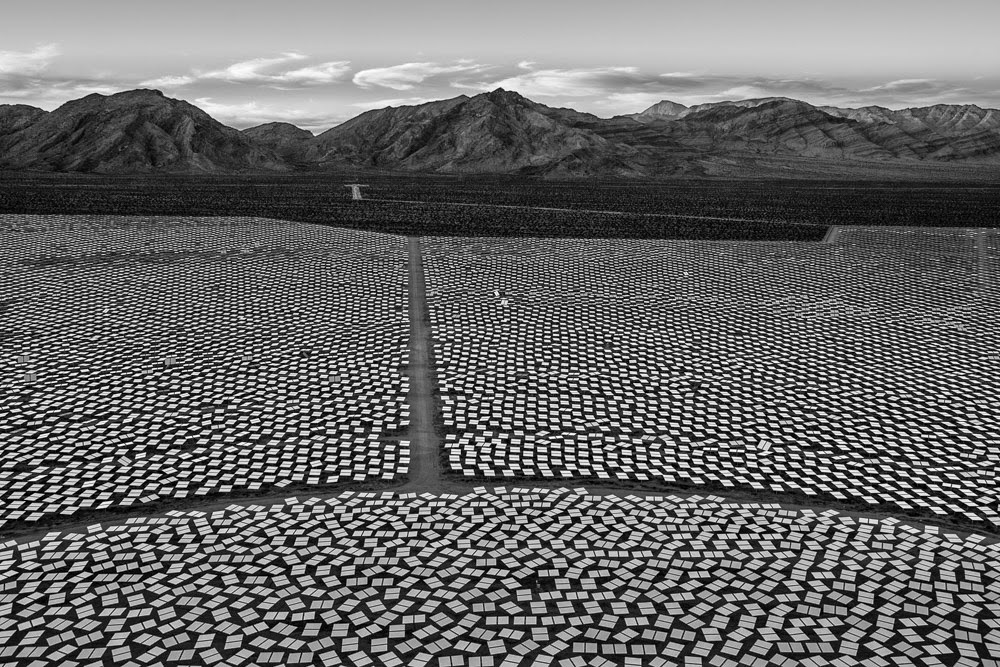 |
| Jamey Stillings |
Today, we’re pleased to share an interview with another of the 2013 Critical Mass Solo Exhibition Award winners, Jamey Stillings. Jamey was awarded an exhibition in the fall of 2014 at the Center for Fine Art Photography. We thought it would be nice to talk to each of these wonderful artists about their work and process (make sure to also read the previous interviews with photographers Patricia Galagan and Brandon Thibodeaux). Photolucida’s Laura Valenti Jelen posed the questions, and Jamey was gracious enough to share candid thoughts about his life as a photographer. To see more of Jamey’s striking images, please visit his website.
A solo exhibition at Blue Sky Gallery is one of the awards for Critical Mass 2014.
Registration for Critical Mass is open until July 16th. Don’t miss it!
LVJ: How did you get started with photography? Tell us a little bit about your photo background and how you came to fall in love with the medium.
JS: My photographic roots go back to elementary school science field trips, cub scouts, and travels with the family, always with a brownie camera in tow. In junior high, we set up a darkroom in my best friend’s basement with dad’s WWII enlarger. In high school, I won a 35mm camera in a local drug store photo competition with a photograph of bicycle racing. Upon graduation, I traveled to Europe for a year of bicycle touring, German language study, and work in the Swiss Alps. In the handlebar bag, always at my side, was a basic Olympus system and color transparency film.
Though the son of a political science professor, I majored in art & art history as an undergraduate at Willamette University in Oregon. With no formal photography classes, I designed independent study projects that allowed me to explore my fascination with the medium. I entered the MFA program at Rochester Institute of Technology with a desire to concentrate on my documentary/fine art interests. In 1980-81, I traveled to Nicaragua to pursue my thesis examining aspects of the socio-economic change emerging after the Sandinista revolution.
With an MFA and documentary experience in Central America, it seemed logical to continue my work in Latin America, but I knew I was not suited to becoming a war photographer, which is what the weekly news magazines of the early 80’s sought. Instead, I evolved gradually into the world of corporate and advertising photography, ostensibly to support personal project work. Those who have built businesses in photography, or other fields, know how all consuming this can be. My professional career bloomed and has allowed me to shoot assignments around the world, but I was less successful at finding a proper balance in pursuing personal projects. That is, until I encountered the bridge under construction near Hoover Dam in 2009, and was drawn back to the realm in which my photographic passions can be fully expressed. The bridge project led me to the Ivanpah Solar work.
LVJ: Tell us about your subject. What drew you to create a body of work about the Ivanpah Solar site?
JS: The Evolution of Ivanpah Solar, my recently completed project, grew out of a desire to combine my fascination in the intersections of nature and human activity with my environmental interests and concerns. Beginning in October 2010, I documented construction of the world’s largest concentrated solar thermal power plant in the Mojave Desert of California. Because of ground access issues, it was a mostly aerial project that I completed in February when Ivanpah Solar began producing power — 392 megawatts of electricity, enough for 140,000 American homes.
To document a site’s transformation from start to end has been intriguing and aesthetically compelling. I photographed over the site for a year and a half before beginning to print the work. My previous project, The Bridge at Hoover Dam, had been in color, but as I began to experiment with the Ivanpah photographs, they resonated more strongly in black and white. I trusted my instincts and shared the early work as a black and white portfolio at FotoFest 2012. The New York Times Magazine was the first to publish the work in June 2012. The work is on its way to becoming a book and a traveling exhibition.
LVJ: Being an artist isn’t always easy. What are some of the challenges you’ve encountered on your creative path?
JS: I think the biggest challenge has been setting priorities. Even if you are passionate about something, only action turns potential into reality. If pursuing documentary or fine art work is important, then it must be pushed to the front of the queue. This lesson seems so obvious from the outside, but it really took me until 2009 to fully sink into my DNA.
A second challenge has been to trust my instincts and intuition. As I have learned and relearned this lesson, new opportunities present themselves in a way that encourages me to continue my path forward.
Finally, I have learned to have confidence in my creative and aesthetic sensibilities. Again, this may seem obvious, but for me it means pursuing work and directions that are right for me without regard to what is current, modern or in vogue.
LVJ: How did winning the solo exhibition impact your career?
JS: It is an honor to win the Critical Mass solo exhibition award at the Center for Fine Art Photography. A special “Thank you!” to Hamidah Glasgow! Because we are trying to connect The Evolution of Ivanpah Solar exhibition with community discussions about renewable energy and the difficult choices we face on the road to a more sustainable future, the exhibition is scheduled for Fall 2014, when classes at Colorado State University have begun. As this will be the first solo exhibition of the Ivanpah work, it will be interesting to see if we can create a community discussion and symbiosis beyond the walls of the gallery.
LVJ: What drives you to create? What are you most passionate about with photography?
JS: I am naturally curious and inquisitive. The camera gives me permission to stop, explore, evaluate, and interpret. Project work often opens doors to worlds that would otherwise be closed or inaccessible to me. In an often-chaotic world, I use photography to simplify, distill and find order.
Perhaps one of the personal draws in my aerial work is that I am observing something fresh and unique each flight. I work rapidly and intuitively, aware of what is new and layering this awareness within the context of previous work I have shot. The window of time for interesting light is very small, so I set priorities. The pilot and I must create a choreography together that will allow me to frame and reframe the scene below. The process forces me to mentally focus, to mono-task in the best sense of the word.
Ironically, my love of photographing people, through the portrait in particular, has not been as significant a part of recent projects. I hope to reconnect to this side of my work soon…
LVJ: What are you working on now?
JS: The issues I encountered over the past three and a half years have encouraged me to expand the scope of my work. Changing Perspectives: Energy in the American West (the working title for my new project) will continue to focus on utility-scale renewable energy while also examining fossil fuel energy production. My goal is to build Changing Perspectives into a project of global scale.
I seek to create work that can be part of important contemporary conversations about our role on Earth as the dominant species. The decisions we make, or don’t make, in the next few decades, will have a huge impact on the future of humankind and the global ecosystem.
I am also trying to balance the push to create new work, with the need to complete the Ivanpah book and exhibition, while continuing to earn the major portion of my living through commissioned assignment work.
LVJ: What’s another interest of yours, outside of photography (something we might be surprised to learn about you)?
JS: Since most of my work requires travel, I always look forward to coming home to Santa Fe and to my family. I love being a father! I did not become a father until my late forties, so I bring a perspective and appreciation to parenting distinct from my younger counterparts. Zubin is nearly 10 and Ciela is 7, so they keep me engaged and on my toes in the best possible way. Together with Esha Chiocchio, my wife, we are working and playing to build interesting, full and rewarding lives for all of us. I appreciate the gift of family!
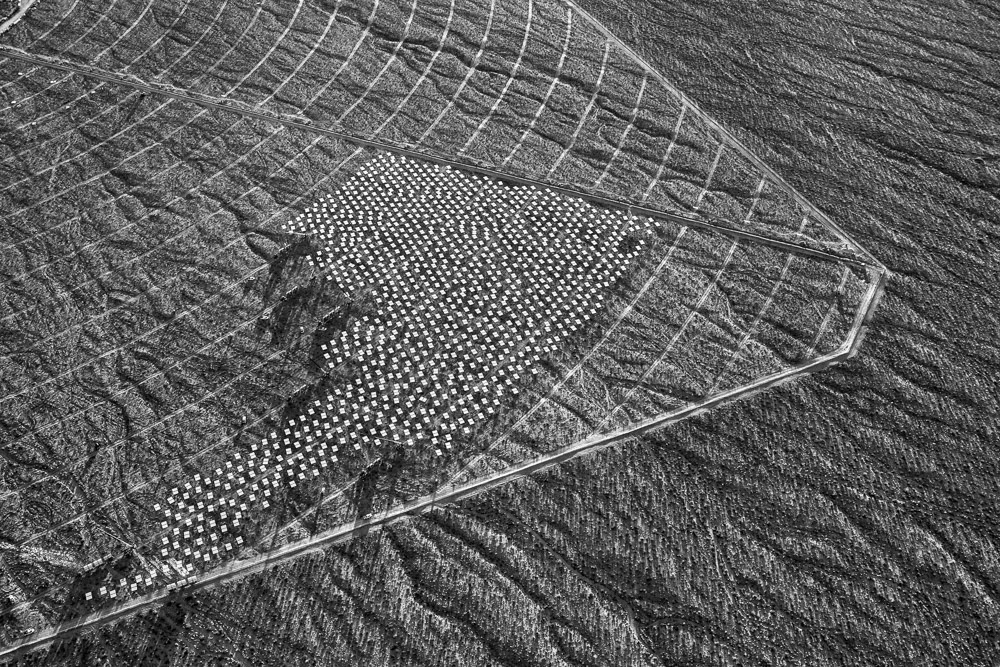 |
| Jamey Stillings |
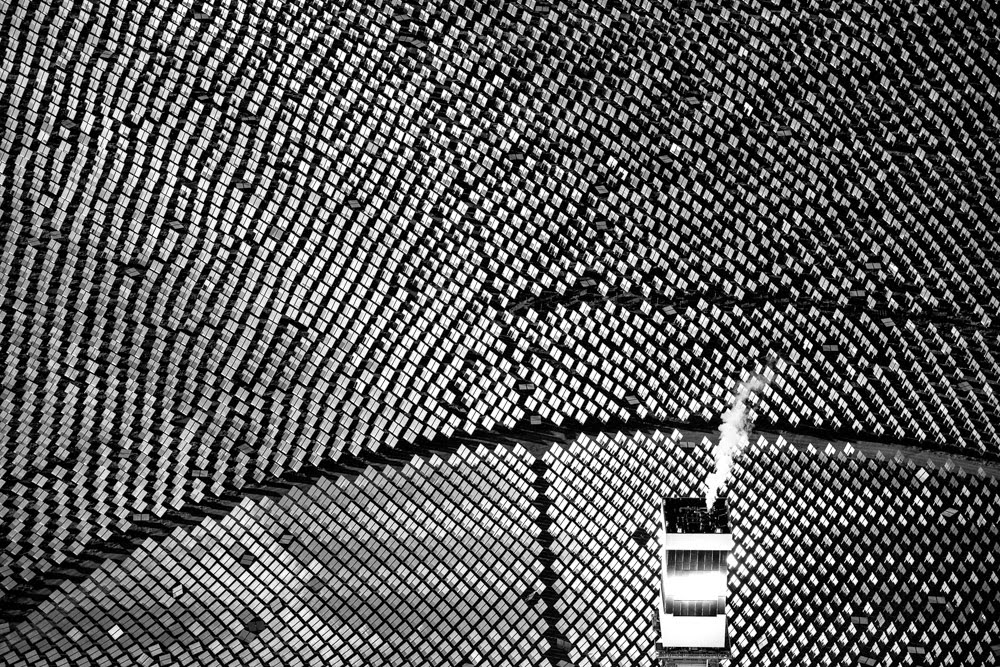 |
| Jamey Stillings |
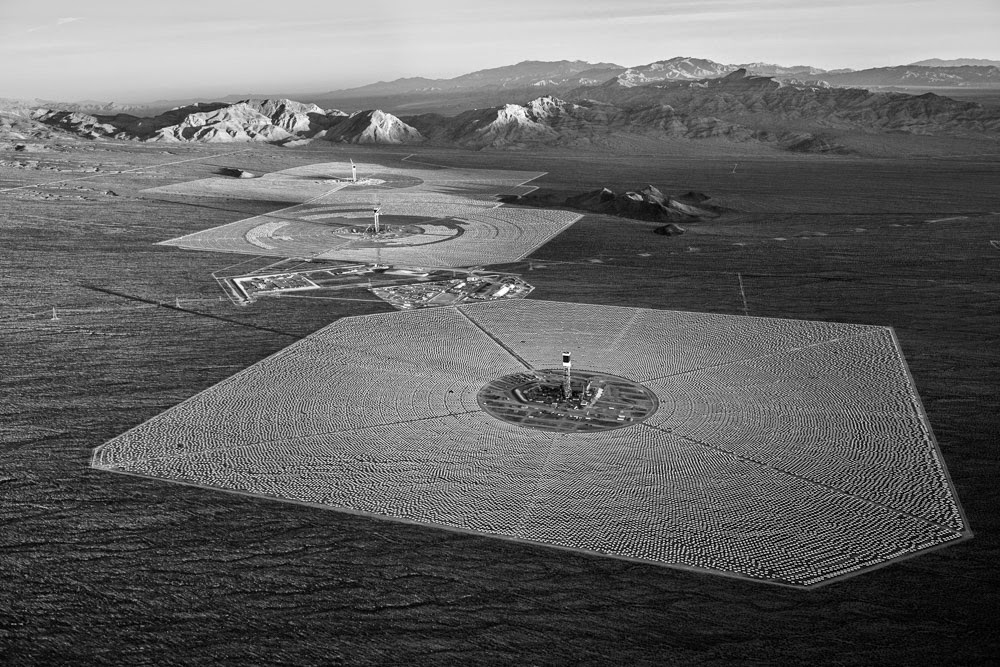 |
| Jamey Stillings |
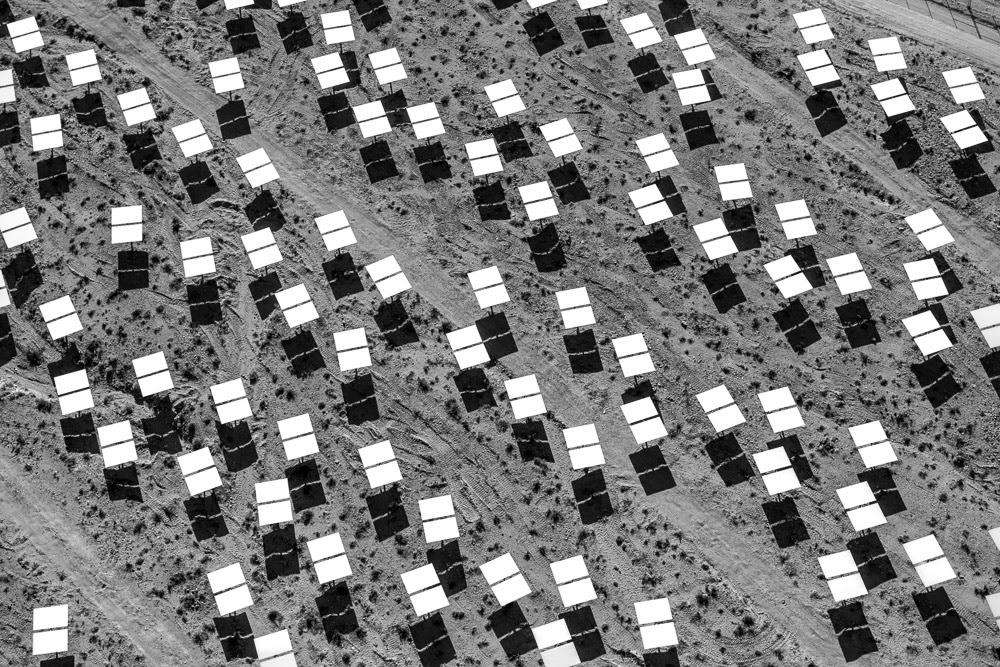 |
| Jamey Stillings |
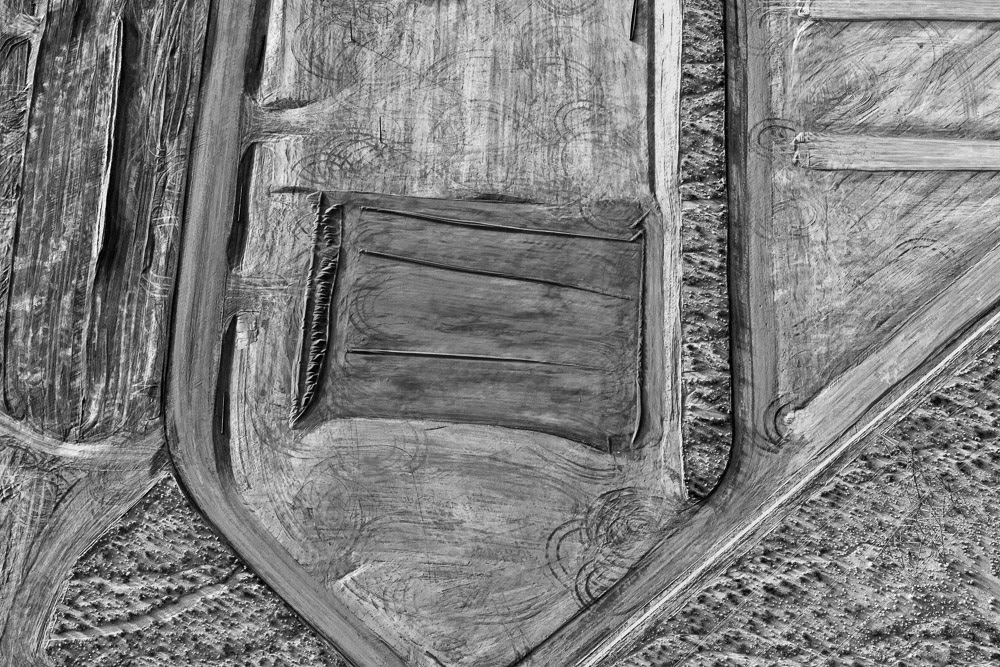 |
| Jamey Stillings |
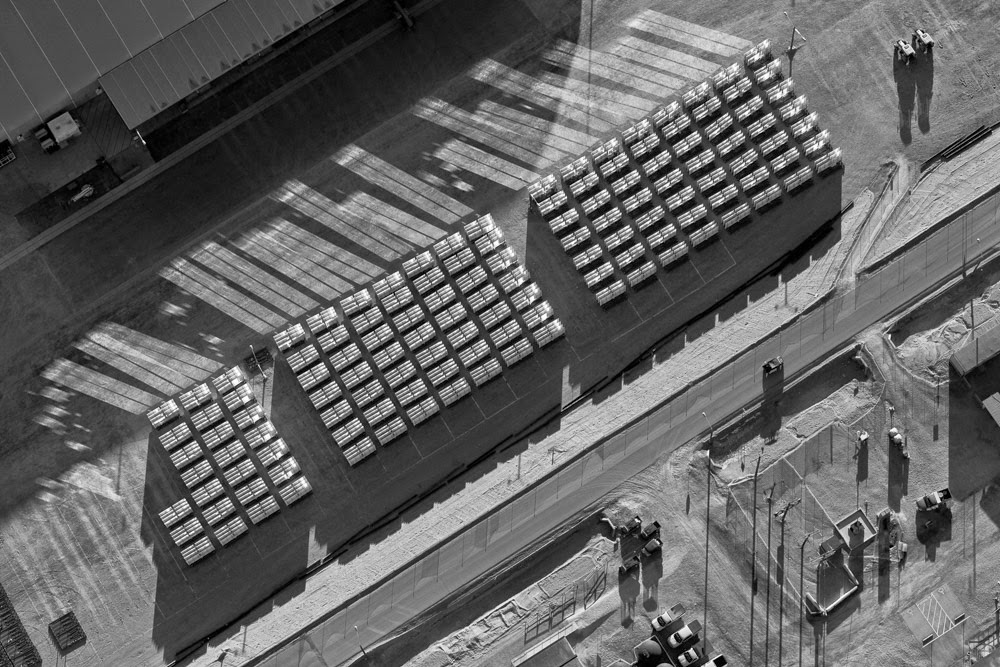 |
| Jamey Stillings |




